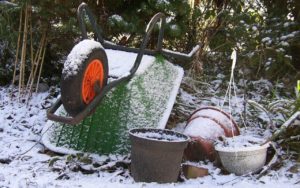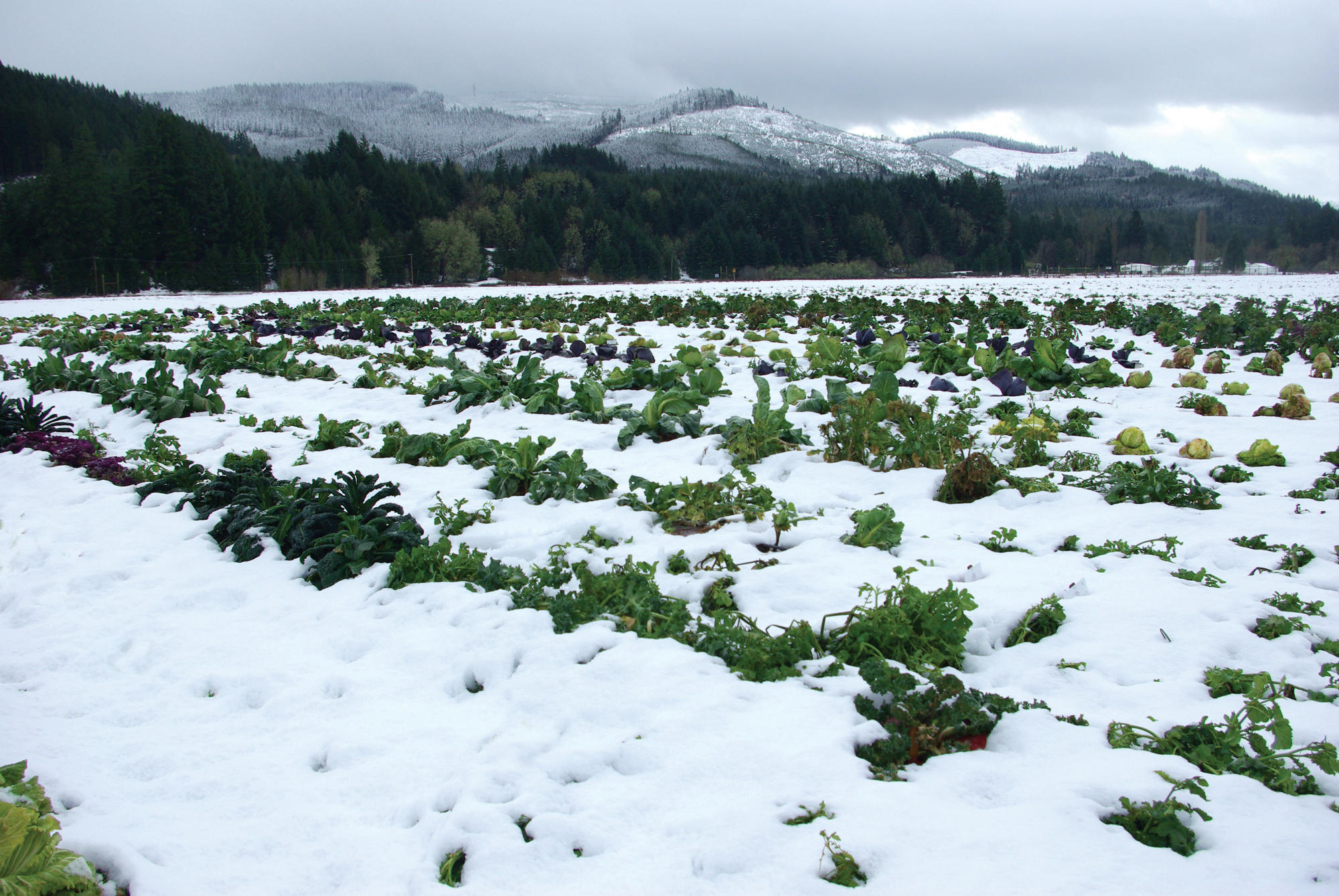Editor’s Note: We are happy to introduce a new Lady of the West, Artemisia Gentileschi, who is known to most of the Men of the West here. She is a long time friend, and really knows her stuff. We look forward to more of her articles.
So…the last of the squash, beets, and carrots have been harvested. The kale is still hanging on even through chilly nights. The garden is winding down. You might have some high tunnels to extend your season a bit, but there’s no new planting to do. (Unless you live further south than I, in which case, you can still get some cold-ish weather crops in the ground!)
If you’re on top of your game, everything is cleaned up and put to bed for the winter. I’m not on top of my game and have leaves to rake to the fruit trees, perennial seeds that need cold stratification to plant, and beds to rescue from weeds still. Some beds are in a jubilee year. Yeah, that’s it. That’s why nothing was planted in them this year…
All in all though, things are winding down. Next come cozy (or achingly cold) winter days and dreams of the spring thaw. Then waiting for the mud to become  workable dirt. The break means an excellent time to plan for the next season. My husband calls it my fantasy gardening. Some people examine rosters and stats of their favorite sport for their fantasy teams. I compare my companion plant charts, browse seed catalogs, take stock of saved seed, and review notes about last year’s garden. Instead of trading sports cards, gardeners might trade packets of seed. Whether you have thousands of square feet of garden beds or a humble HOA approved little raised bed in your backyard, (or an HOA regulation dodging trying-to-get-away-with-growing-food-in-the-front-yard garden) a little planning can still go a long way.
workable dirt. The break means an excellent time to plan for the next season. My husband calls it my fantasy gardening. Some people examine rosters and stats of their favorite sport for their fantasy teams. I compare my companion plant charts, browse seed catalogs, take stock of saved seed, and review notes about last year’s garden. Instead of trading sports cards, gardeners might trade packets of seed. Whether you have thousands of square feet of garden beds or a humble HOA approved little raised bed in your backyard, (or an HOA regulation dodging trying-to-get-away-with-growing-food-in-the-front-yard garden) a little planning can still go a long way.
So you sit down and stare at the blank piece of paper and wonder “what next?” Where will each type of plant be planted? Do you have weed control plan in place? What kind of composting and fertilizing do you have planned? How can the child labor be encouraged to cheerfully participate? What worked last year? What didn’t? Do you want to try to grow something new? When should the various varieties of seed be planted (some things you don’t have to wait till after last frost and do better before it gets hot, like peas and radishes)? Do I need to plant some varieties of seed every week or two for a continuous supply (like carrots or radishes)? If you have answers to these questions, you’ll have a workable garden plan. Be warned though, the fantasy gardening moniker is apt. Things may not go exactly as you plan. A plan is still a good starting point though.
With the exception of perennial crops (for obvious reasons), crop rotation is a good idea on every garden, small or large. Some crops are heavy feeders (meaning they take a lot of nutrients out of the soil), some medium feeders, some light feeders. Crops like corn, squash, tomatoes, and broccoli are heavy feeders. Greens and cabbage are medium feeders. Carrots, beets, and radishes are light feeders. (This list is not exhaustive, just search online for your veggie of choice.) Don’t keep heavy feeders in the same spot in the garden year after year. Try to follow a heavy feeder with a light feeder. This is where the planning comes in. If anything, the smaller garden keeping things simple. You can only move things around so much. Moving things year to year also can keep some of the pests guessing…sometimes…maybe.
Sometimes it’s easy to get bogged down with all the information available. Like companion planting. Plants are rather like high school girls…sometimes catty with cliques they like and absolute aversions. Some kinds of plants do awful next to each other (like onions and beans) while others actually benefit from each others company (like the traditional three sisters – corn, beans, and squash) or some keep pests away from other plants and are mutually beneficial (like beans and potatoes). It’s an interesting study. Your mileage may very with results, but, at the very least having some companion flowers around does make for a prettier garden and some of the companion flowers are edible too. (Not just edible as in can be eaten, but actually tasty – like calendula petals and borage flowers.)
Now, if you’re one to get bogged down or discouraged from gardening or you haven’t tried to garden and you’re thinking it’s too much for you, just do it. Really, just go an do it. A garden can do ok just chucking seeds in the ground in the spring (check your local frost dates though…). Ok, not literally chucking seeds, best to have some kind of labeling and organization going on, especially if you’re not sure what the plants you want to grow look like. If it comes down to choosing between go by the seat of your pants or nothing at all, well, wing it. Try to stick with easier things to grow like beans, lettuce, cucumber, and radishes for better results. You can learn from mistakes and get better at it later. And, you’ll have a deep appreciation for all the farmers out there who make it possible for you to fall back on buying stuff from the store. Really, every year I am very, very thankful that I don’t have to rely on what I grow or face starvation. We are truly blessed.
There is always more to learn, but that’s up to you how deeply you want to delve. I’m studying up on soil chemistry with the hope of higher nutrient levels in my veggies as an end goal, but I have a chemistry minor so it’s not completely foreign (not that I enjoy chem classes, mind you). If the very thought of cations and anions makes your eyes glaze over, just go for topics you find interesting. And there are lots of gardeners writing articles and making videos who do all the work of studying that stuff and distill it down to workable information. Seed saving is an excellent side skill that compliments gardening and generally is pretty simple. Why buy seed when you can save some from your plants from the previous season? That said, there’s something really fun thumbing through all the seed catalogs seeing all the varieties available.
Once you get pretty good at this gardening thing, you might look into how to preserve your harvest; a whole ‘nother area of study.
One more thing that is excellent to do this time of year: it’s prime time for planting trees and fruiting shrubs. You can plant them up until the ground freezes. They have all winter for their roots to get established which gives them a jump start for the spring. Bonus, you might find some on clearance.
So, winter months. Now is the time to plan, to learn, to grow.
Whether times are easy or hard for you right now, gardening is a very good skill to cultivate. Better to be prepared. And even better to be prepared to help out family and community in the process. Because that’s a part of civilization definitely worth saving.










5